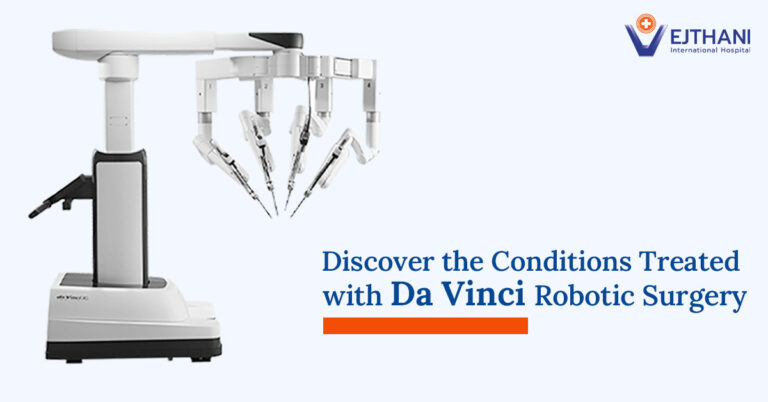ABOUT THE PROCEDURES
A forehead lift or browlift is a procedure that restores a more youthful, refreshed look to the area above the eyes. The procedure corrects drooping brows and improves the horizontal lines and furrows that can make a person appear angry, sad or tired.
WHO NEEDS FOREHEAD LIFT SURGERY
A forehead lift is most commonly performed in the 40-60 age range to minimize the visible effects of aging. However, it can also help people of any age who have developed furrows or frown lines due to stress,muscle activity or individuals with inherited conditions, such as a low, heavy brow or furrowed lines above the nose.
THE PROCEDURE RISK
Complications that can occur include injury to facial nerve,formation of a broad scar,hair loss along the scar edges, infection and bleeding.
PREPARATION BEFORE SURGERY
The surgeon will discuss your goals for the surgery and ask you about certain medical conditions that could cause problems during or after the procedure, such as uncontrolled high blood pressure, blood-clotting problems, or the tendency to develop large scars. You should tell the surgeon if you have had previous facial surgery, or if you smoke, or if you are on any drugs or medications – including aspirin or other drugs that affect clotting.
THE SURGERY
The classic forehead lift: The surgeon makes an incision following a headphone-like pattern, starting at about ear level and running across the top of the forehead and down the other side of the head. The incision is usually made behind the hairline, so that the scar won’t be visible.
The skin of the forehead is lifted so that the underlying tissue can be removed and the muscles of the forehead can be altered, or released. The eyebrows may also be elevated and excess skin at the incision point will be trimmed away to help create a smoother, more youthful appearance.
The incision is then closed with stitches, or clips. Your face and hair will be washed to prevent irritation and the rubber bands will be removed from your hair.Your surgeon may choose to cover the incision with gauze padding and wrap the head in an elastic bandage.
The endoscopic forehead lift:The surgeon will make three, to five short scalp incisions,each less than an inch in length. An endoscope is inserted through one of the incisions, allowing the surgeon to have a clear view of the muscles and tissues beneath the skin. Using another instrument inserted through a different incision, the forehead skin is lifted and the muscles and underlying tissues are removed, or altered to produce a smoother appearance. When the lift is complete, the scalp incisions will be closed with stitches or clips and the area will be washed. Gauze and an elastic bandage may also be used.
ANESTHESIA TECHNIQUE
Most forehead lifts are performed under local anesthesia, combined with a sedative.
LENGTH OF SURGERY TIME
The surgery usually takes two hours to complete.
LENGTH OF STAY IN HOSPITAL AFTER SURGERY
Forehead Lift is usually performed as an out patient case.
TAKING CARE AFTER SURGERY
You may get some numbness and temporary discomfort around the incision. You should keep your head elevated for two to three days after surgery. Swelling may also affect the cheeks and eyes, this should begin to disappear in a week or so.
As the nerves heal, numbness on the top of your scalp may be replaced by itching. These sensations may take six months to fully disappear. If bandages were used, they will be removed a day or two after surgery. Most stitches or clips will be removed within two weeks.
Some of your hair around the incision may fall out and may temporarily be a bit thinner. Normal growth will usually resume within a few weeks or months. Permanent hair loss is rare.
RECOVERY
You should be able to shower and shampoo your hair within two days, or as soon as the bandage is removed. Most patients are back to work in 7 to 10 days. Physical activity, or any activity that increases your blood pressure should be limited for several weeks.
Prolonged exposure to heat, or sun should be limited for several months. Most of the visible signs of surgery should fade completely within three weeks.
Readers’ Rating
0.0 out of 5 stars (based on 0 reviews)






